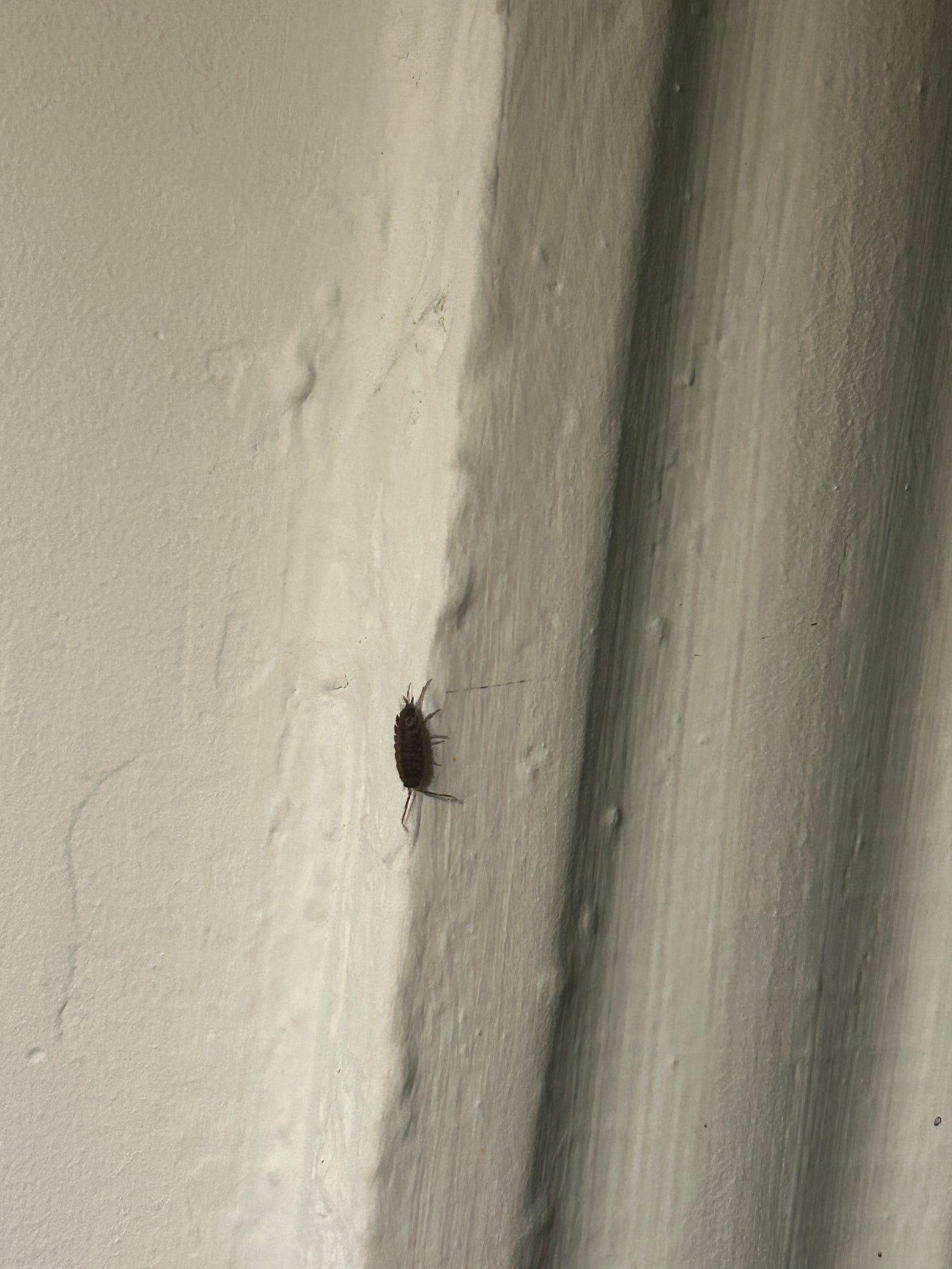ISSUE #03: Would You Like to See How a Katydid Makes That Noise?
It's really cool.
You might think that daytime is bug time, and that’s true for a lot of insects that rely on flowering plants for food. Honeybees, for example, keep a strict bedtime of just after sunset. But for the rest of them, bug time is nighttime, and since seeing in total darkness is difficult for some, and impossible for others (unless you’re a firefly), communication is done through sound and smell.
In this installment, we’re talking about sound—one sound in specific. Male katydids have a specific territorial mating call that they’ll broadcast all night, attracting females by sounding big and sexy, and driving other males away from the area they’ve claimed. Katydids are related to crickets and grasshoppers, though they look more like plants than bugs. The wings of a katydid, in most species, are large and broad, usually the bright green of a new-growth leaf (though some come in other colors, including pink). They’re impossible to find hidden in trees or bushes, though you might have seen one cruising around at night. They can use their wings to fly, but what they mainly use them for is to make noise.
If you’re in the American Northeast, you’ve probably heard a distinct, loud sound coming from the trees at night. It’s a short scraping noise, usually a few chirps in quick succession, over and over. The ones we have here sound like this:
The effect is called a “stridulation,” and the noise is a “trill.” Katydids as a mating call and as a defense, blasting a wall of sound into a predator’s ears to scare them off. We can even use the sounds (sometimes, sort of) to tell the temperature: as a general rule, the hotter it is outside, the more trills you’ll hear.
Like crickets and cicadas, they make the noise using their wings. When folded, a katydid’s wings sit with their top edges touching, one on top of the other. The bottom edge is called the file, and the top one is the plectrum (which is also another word for a guitar pick). When the plectrum slides over the ridges of the file, the rubbing creates a vibration, which produces a sound.
You can see it in action here:
And here:
And also here, with a surprising result:
All completely different sounds from what seems like one simple movement, thanks to a deceptively intricate body design that found ways to fit itself to a variety of environments over the millions of years it took to perfect itself. This is why I love this! Every time I learn some new fun fact about a bug it makes me appreciate them even more, the way they hold so much complexity and innovation inside the tiny bodies that we take for granted, if we even notice them at all. At least we can always hear their sounds in the dark.
Bug ID of the Weeeeeeeek:
A woodlouse (we stan) from Fran (we stan), who also had a cockroach (we do not stan).




These guys are pretty loud around our house. Yes, nearly invisible.
Great audio!